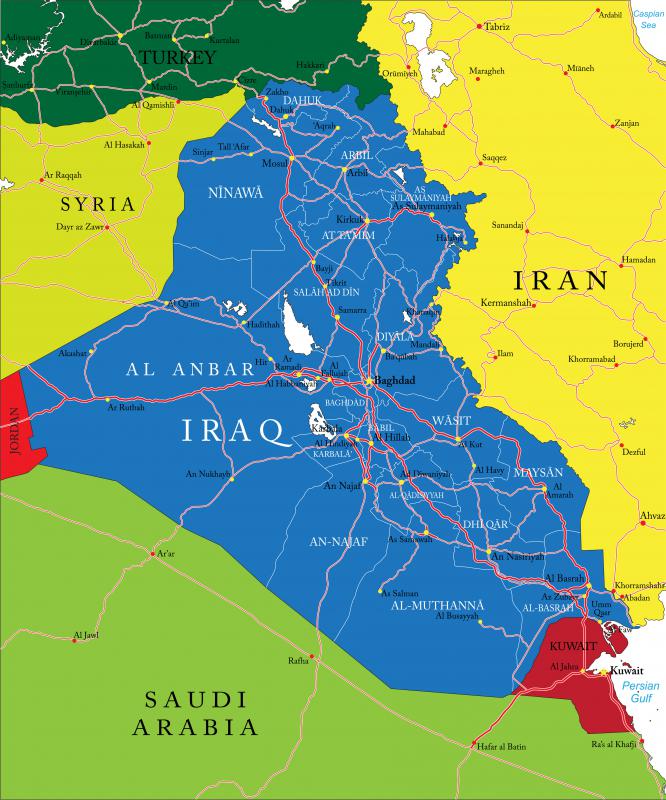At EasyTechJunkie, we're committed to delivering accurate, trustworthy information. Our expert-authored content is rigorously fact-checked and sourced from credible authorities. Discover how we uphold the highest standards in providing you with reliable knowledge.
What Is a Wheel and Axle?
A wheel and axle, taken as a pair, form the most important of all simple machines. An axle is a cylindrical rod, and a wheel is a circular, disk-shaped object with a hole in the center that is just the right size to accept the axle. Most axles are designed to have a wheel at either end. The wheels turn around the axle, which is attached to some type of vehicle. The invention of the wheel is one of the most important in the history of man, similar in importance to the discovery of fire and the development of writing, and electricity.
The earliest depictions of wheeled vehicles date from around 3500 BCE. Wheeled vehicles appeared, at about the same time, in what is now Russia, Mesopotamia, and Europe, so the exact location of its origin is unknown. It is possible that the wheel and axle originated even earlier than this, but no archaeological evidence exists to either confirm or refute this.

This simple machine provides an enormous mechanical advantage in performing the work of moving objects from one place to another. By turning about an axle, the wheel overcomes the friction that would be generated by dragging the load it carries. The mechanical advantage of a wheel is gained by applying some sort of force to the wheel around its axis. The earliest wheeled vehicles were chariots and simple wagons, pulled by humans, horses, or other animals.

In modern times, one may find a wheel and axle in dozens of applications with little effort. Automobiles, bicycles, and almost any other form of ground transport use this simple machine. Even airplanes use wheels and axles on their landing gear. Office chairs, wheelbarrows, and roller skates all employ variations of this device.
Over the centuries, since their invention, the wheel and axle have been adapted to a number of uses with many improvements and adaptations. A windlass was a common device, using a rope wound around a thick axle. By turning the wheel, which was often outfitted with handles spaced around its circumference, a great mechanical advantage was gained, allowing heavy loads to be moved or lifted. Gears coupled with wheels and axles allow force to be multiplied between the source of power and the wheel. A simple bicycle for example, can give a mechanical advantage of a factor of several times the work that is applied to the pedals.
AS FEATURED ON:
AS FEATURED ON:












Discuss this Article
Post your comments